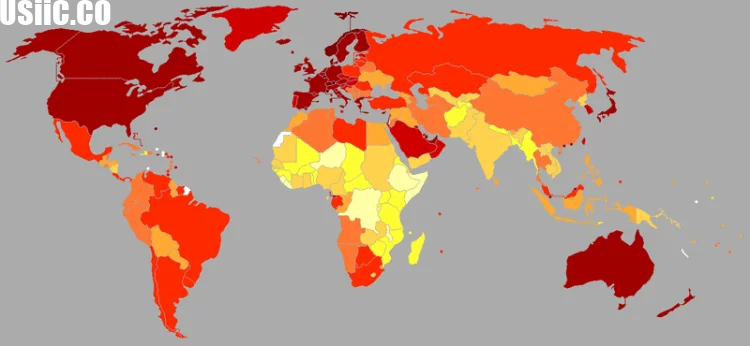When it comes to economic prowess, some countries stand out from the rest, boasting thriving economies, high standards of living, and impressive budget figures. In this article, we will delve into the top 10 richest countries in the world, based on their Gross Domestic Product (GDP) and per capita income. Additionally, we will provide a price comparison to understand the cost of living in these affluent nations.

- Qatar:
Qatar takes the top spot as the richest country in the world. With a GDP of approximately $185 billion and a per capita income exceeding $140,000, its citizens enjoy a luxurious lifestyle. However, the cost of living in Qatar can be relatively high, with average rent for a one-bedroom apartment in the capital city of Doha ranging from $2,000 to $3,500 per month.
- Luxembourg:
Luxembourg may be a small European nation, but its economic might is significant. Boasting a GDP of around $71 billion and a per capita income of over $100,000, the country provides its residents with excellent social services. While the cost of living can be steep, it is balanced by the nation’s high standard of living and quality of life.
- Singapore:
As a global financial hub, Singapore ranks third on our list. With a GDP of approximately $372 billion and a per capita income exceeding $85,000, Singaporeans benefit from a well-developed infrastructure and thriving job market. However, living in this bustling city-state can be expensive, with monthly rent for a one-bedroom apartment ranging from $2,000 to $3,500.
- Brunei:
Brunei, a small Southeast Asian nation, secures the fourth position. Its GDP stands at around $13 billion, and the per capita income exceeds $70,000. The country’s wealth comes from its vast oil reserves. While the cost of living is relatively higher compared to neighboring countries, the government provides many subsidies to its citizens, keeping essential commodities affordable.
- Ireland:
Ireland ranks fifth on our list of the richest countries in the world. With a GDP of approximately $383 billion and a per capita income of over $70,000, Ireland’s economy is driven by technology and pharmaceutical industries. The cost of living varies across the country, with Dublin being more expensive than other cities.
- Norway:
Known for its stunning natural beauty and oil reserves, Norway secures the sixth position on the list. With a GDP of around $400 billion and a per capita income exceeding $60,000, Norway offers its citizens a high standard of living. However, the cost of living, particularly for housing and everyday expenses, can be relatively high.
- United Arab Emirates (UAE):
The UAE is a Middle Eastern powerhouse, ranking seventh in terms of economic wealth. With a GDP of approximately $421 billion and a per capita income of over $40,000, the UAE’s economy is driven by its oil and tourism sectors. While certain aspects of living can be costly, the absence of income tax and low fuel prices balance the overall cost of living.
- Kuwait:
Another oil-rich nation, Kuwait ranks eighth on our list. With a GDP of around $137 billion and a per capita income exceeding $30,000, Kuwait provides its citizens with generous social benefits and subsidies. The cost of living remains reasonable, although rental prices in urban centers can be significant.
- Switzerland:
Famed for its financial services and quality of life, Switzerland secures the ninth position. With a GDP of approximately $705 billion and a per capita income of over $85,000, Switzerland boasts a robust economy. However, living expenses, particularly in cities like Zurich and Geneva, are relatively high.
- United States:
The United States, the world’s largest economy, rounds up our top 10 list. With a GDP of around $21 trillion and a per capita income exceeding $65,000, the US offers diverse economic opportunities and a high standard of living. The cost of living varies significantly across the country, with major cities being more expensive than rural areas.
Conclusion:
The top 10 richest countries in the world enjoy enviable economic prosperity and offer their citizens an exceptional quality of life. While some of these nations have high living expenses, their robust economies and high per capita income allow for comfortable living and access to excellent social services and infrastructure. As the global economic landscape evolves, these countries continue to be influential players in shaping the world’s financial future.



